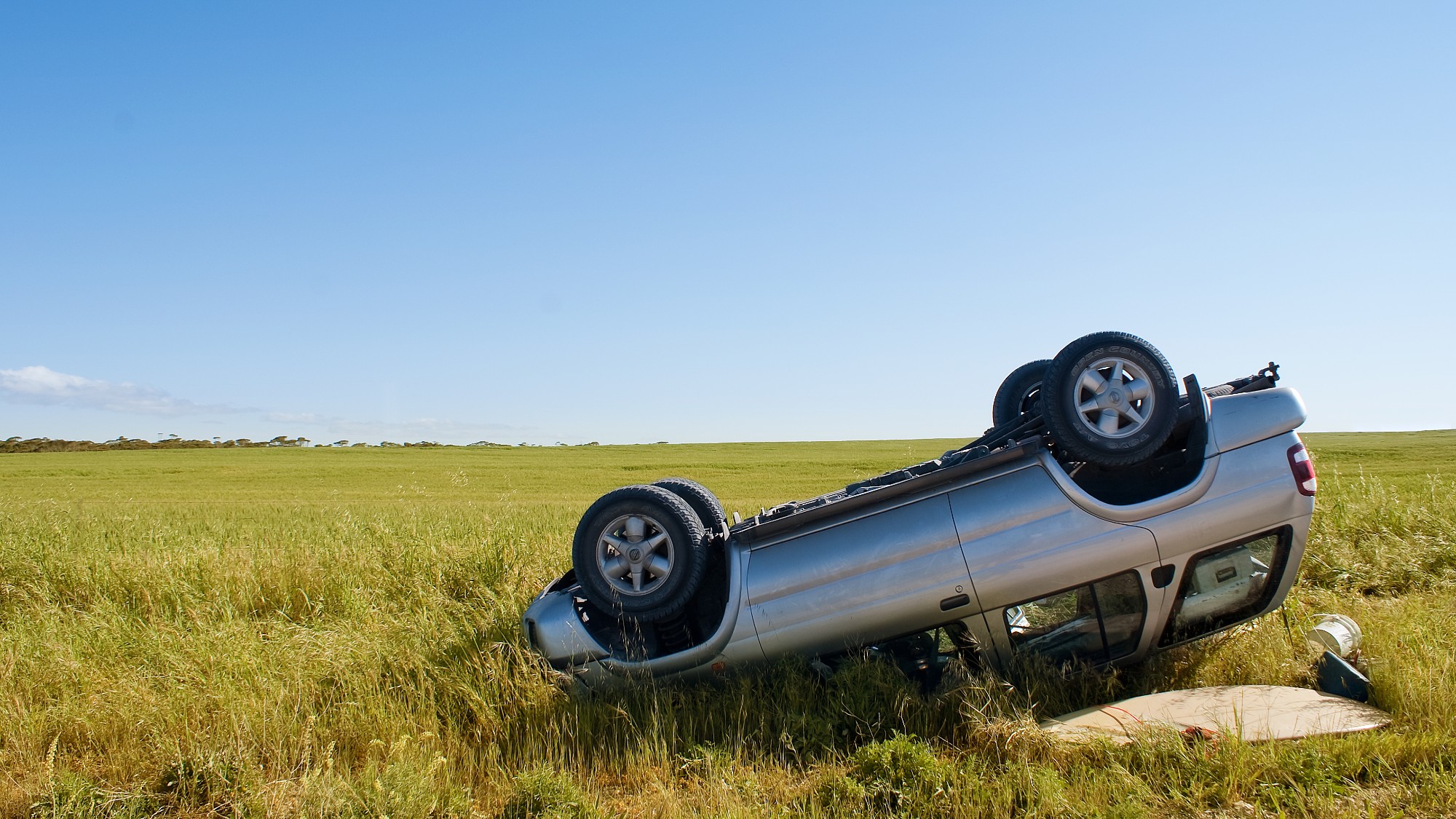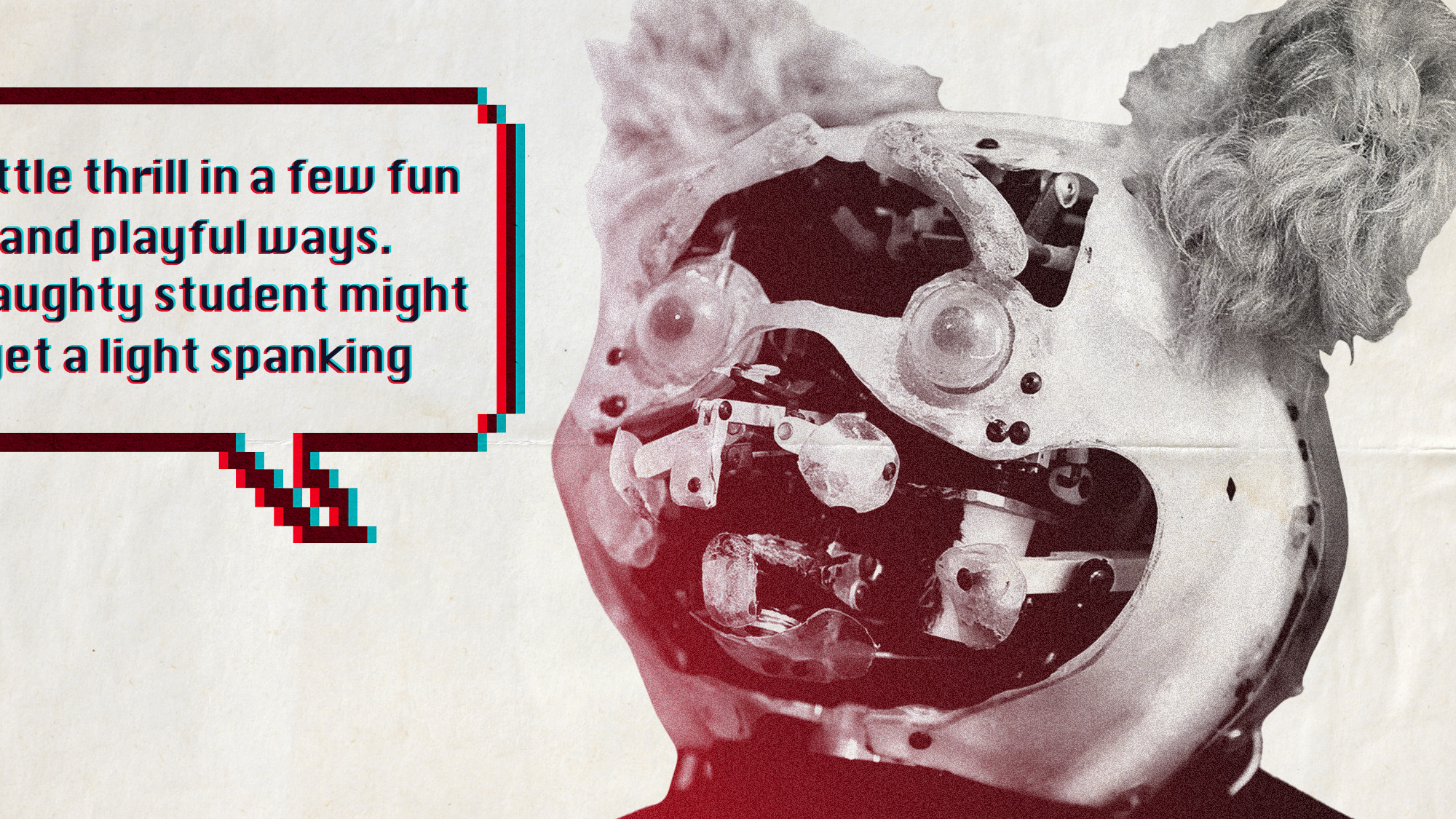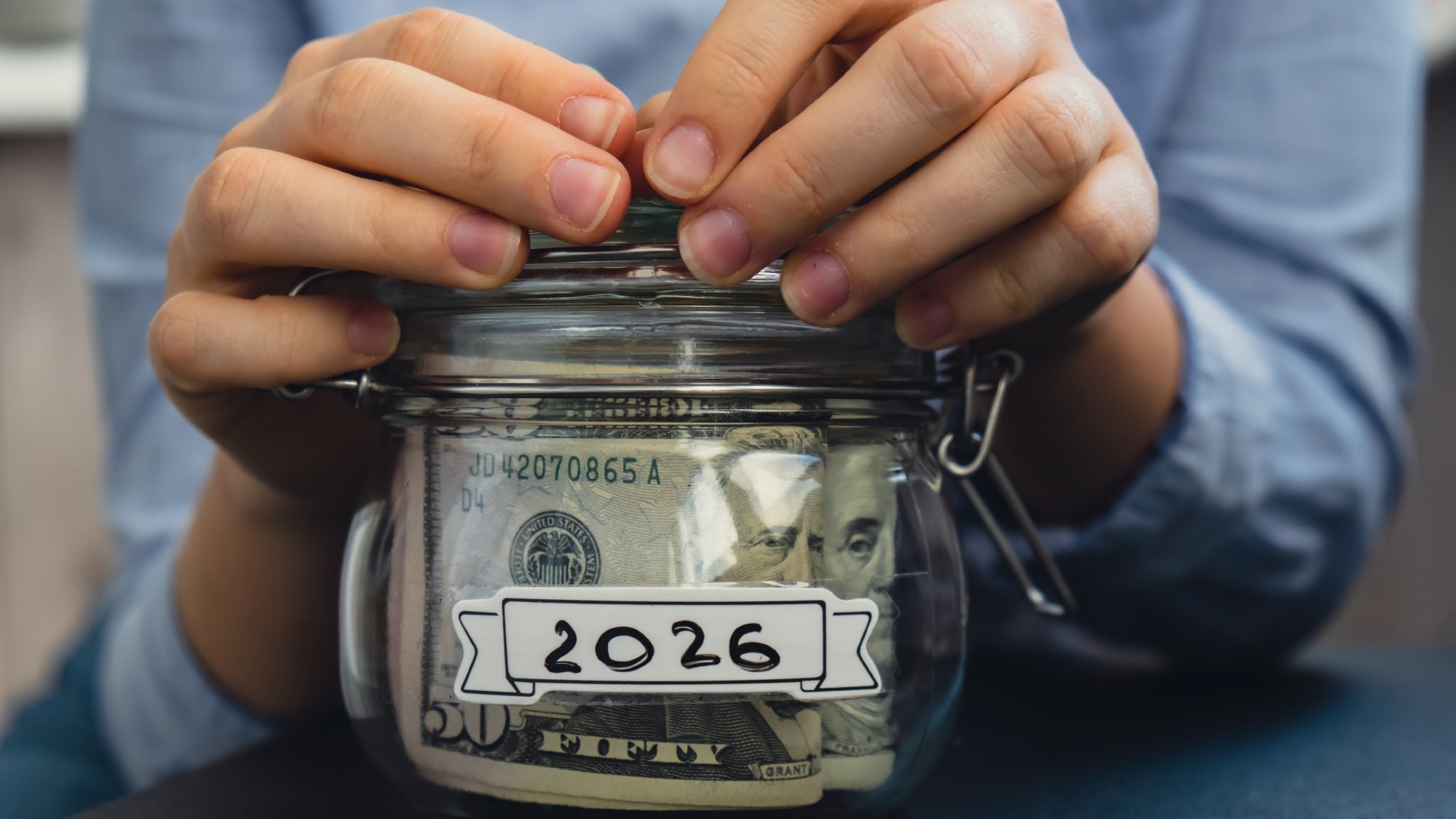What is an upside-down car loan and how do you get out of it?
This happens when the outstanding balance on a car loan exceeds the vehicle's worth


When you are upside down on your auto loan, it means you have more left to pay on the loan than the vehicle you took out the loan to purchase is actually worth. Also called negative equity, this situation can pose serious problems.
An increasing number of Americans are experiencing this. Data from car-shopping site Edmund's released in late July revealed that "26.6% of trade-ins applied toward a new-vehicle purchase had negative equity," marking a "four-year high," said The Washington Post. The amount drivers are owing is not insignificant either — on average, the "amount of these upside-down loans was $6,754 in the second quarter of the year," with over 23% owing more than $10,000, said the Post, citing Edmund's data.
What is an upside-down car loan?
A car loan is upside down when the outstanding balance on the loan exceeds the vehicle's worth — for example, if "your car's value is $12,000, but your loan balance is $15,000," which would result in a "negative equity of $3,000," said Bankrate. To trade in or sell your car, you would have to pay the lender that difference.
The Week
Escape your echo chamber. Get the facts behind the news, plus analysis from multiple perspectives.

Sign up for The Week's Free Newsletters
From our morning news briefing to a weekly Good News Newsletter, get the best of The Week delivered directly to your inbox.
From our morning news briefing to a weekly Good News Newsletter, get the best of The Week delivered directly to your inbox.
This circumstance can arise for a number of reasons. For one, when you overpay for a car, as many people ended up doing due to supply chain issues in 2021, "you increase the likelihood of owing more on the loan than what the vehicle is worth," said the Post. Two other common causes are "financing a car with no money down" and "picking a long repayment term," largely due to the rate of car depreciation, said Bankrate.
Is it bad to be upside down on your auto loan?
It generally "will only have an effect if you need to switch vehicles before your loan is completely paid off," said Bankrate. So if you do not switch vehicles and continue paying off your auto loan, you likely will not experience an impact.
However, if you do want a new car and trade in your vehicle, "you'll likely have to pay the difference between your car loan balance and the car's value out of pocket or add the negative equity to your new car loan," said Experian.
An upside-down auto loan can also pose a problem if your car gets totaled. That is because "after an accident, the insurer pays out the current value of your car (based on their estimate)," said NerdWallet. "But if you're upside-down, you'll owe the lender that amount, plus your negative equity — possibly several thousand dollars out of pocket."
A free daily email with the biggest news stories of the day – and the best features from TheWeek.com
How can you get out of an upside-down car loan?
If you are upside-down, there are several ways to get right-side-up:
- Contact your lender to see what options they might offer
- Make additional payments to start building equity faster
- Refinance to shorten your loan term, which will help you catch up quicker
- Hang onto your car until your loan is paid off
Becca Stanek has worked as an editor and writer in the personal finance space since 2017. She previously served as a deputy editor and later a managing editor overseeing investing and savings content at LendingTree and as an editor at the financial startup SmartAsset, where she focused on retirement- and financial-adviser-related content. Before that, Becca was a staff writer at The Week, primarily contributing to Speed Reads.
-
 8 incredible destinations to visit in 2026
8 incredible destinations to visit in 2026The Week Recommends Now is the time to explore Botswana, Mongolia and Sardinia
-
 Wave of cancellations prompt Kennedy Center turmoil
Wave of cancellations prompt Kennedy Center turmoilIN THE SPOTLIGHT Accusations and allegations fly as artists begin backing off their regularly scheduled appearances
-
 The dark side of how kids are using AI
The dark side of how kids are using AIUnder the Radar Chatbots have become places where children ‘talk about violence, explore romantic or sexual roleplay, and seek advice when no adult is watching’
-
 How to financially prepare for divorce
How to financially prepare for divorceThe Explainer Facing ‘irreconcilable differences’ does not have to be financially devastating
-
 Why it’s important to shop around for a mortgage and what to look for
Why it’s important to shop around for a mortgage and what to look forThe Explainer You can save big by comparing different mortgage offers
-
 4 ways to save on rising health care costs
4 ways to save on rising health care costsThe Explainer Health care expenses are part of an overall increase in the cost of living for Americans
-
 4 ways to streamline your financial life in 2026
4 ways to streamline your financial life in 2026the explainer Time- and money-saving steps
-
 4 tips to safeguard your accounts against data breaches
4 tips to safeguard your accounts against data breachesThe Explainer Even once you have been victimized, there are steps you can take to minimize the damage
-
 Received a windfall? Here is what to do next.
Received a windfall? Here is what to do next.The Explainer Avoid falling prey to ‘Sudden Wealth Syndrome’
-
 How to save more for retirement next year
How to save more for retirement next yearthe explainer Secure yourself a suitable nest egg
-
 Received a gift card this holiday season? Here’s how to maximize it.
Received a gift card this holiday season? Here’s how to maximize it.The Explainer Make the most of your present
